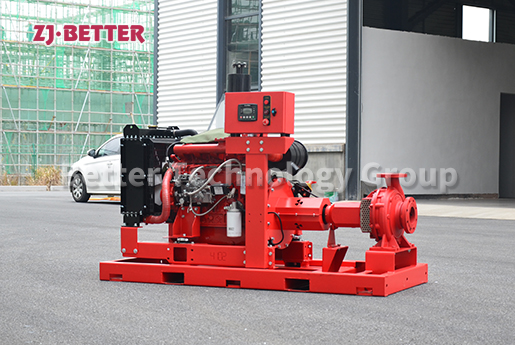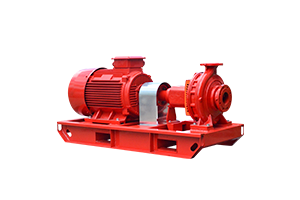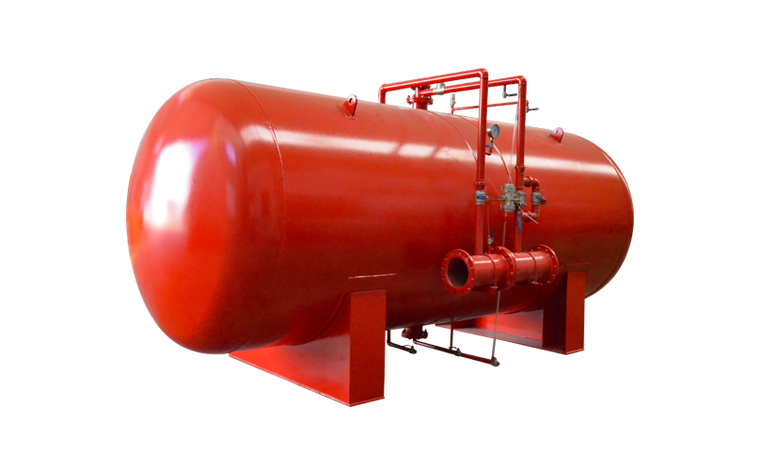What Is the Difference Between Series and Parallel Fire Pump Systems?
Fire pump systems are essential components in a building's fire protection strategy, ensuring that adequate water pressure is available during a fire emergency. When designing these systems, engineers must decide whether to install the pumps in series or parallel, as each configuration has distinct advantages depending on the application.

What is a Series Fire Pump System?
In a series fire pump system, the pumps are connected in a sequence, meaning the output of one pump becomes the input for the next. This arrangement increases the pressure of the water being supplied but keeps the flow rate consistent. It is typically used in high-rise buildings or situations where high water pressure is needed to reach upper floors or distant sections of a facility.
Advantages of Series Fire Pump Systems:
- Increased Pressure: Ideal for applications requiring high-pressure delivery to overcome resistance in long pipelines or multi-story buildings.
- Effective for High-Rise Buildings: Ensures sufficient water pressure to reach upper floors.
- Space-Efficient in Certain Applications: When high pressure is the main concern, this configuration minimizes the need for a large water tank.
Disadvantages of Series Systems:
- Limited Flow Rate: Although pressure is high, the overall water flow rate may be lower.
- Complex Maintenance: Due to the interconnection of pumps, troubleshooting or replacing one pump can be more complicated.
What is a Parallel Fire Pump System?
In contrast, a parallel fire pump system involves pumps that operate side by side, with each pump supplying water independently into the system. This setup increases the total flow rate without altering the pressure significantly. Parallel systems are commonly used in larger facilities or industrial buildings where a high volume of water is required for fire suppression.
Advantages of Parallel Fire Pump Systems:
- Increased Flow Rate: Multiple pumps work simultaneously to provide a higher water flow, which is beneficial in large buildings or industrial plants.
- Redundancy and Reliability: With several pumps running in parallel, the failure of one pump will not compromise the system, as the remaining pumps can compensate.
- Easier Maintenance: Each pump can be isolated and serviced without affecting the overall operation.
Disadvantages of Parallel Systems:
- Space Requirements: More pumps require more space, which can be challenging in areas with limited room.
- Pressure Concerns: While flow is increased, the system may not generate the high pressures needed for tall buildings.
When to Choose Series vs. Parallel Fire Pump Systems
Choosing between a series or parallel system depends on the specific fire protection needs of your facility. For buildings requiring high water pressure, such as skyscrapers or those with significant vertical height, a series system might be the best choice. On the other hand, parallel systems are ideal for facilities requiring high flow rates and those that benefit from redundancy, such as industrial plants, hospitals, or shopping malls.
Conclusion
Both series and parallel fire pump systems have their places in fire protection, and the best choice depends on your building’s design and fire safety requirements. By understanding the differences between these configurations, you can work with fire protection engineers to select the most effective system to ensure that your property is adequately protected during an emergency.

.png)
.png)

.png)


